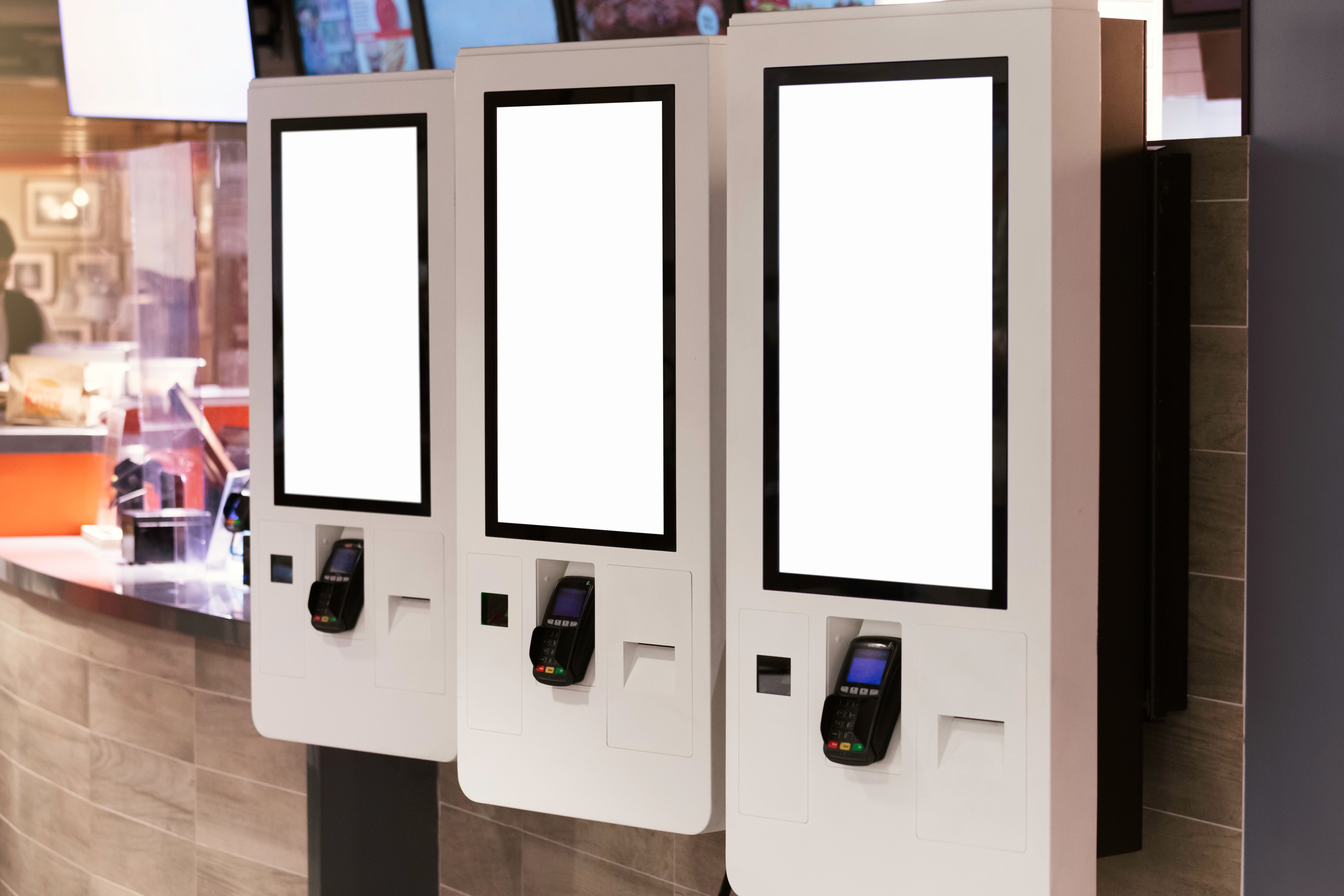Revolutionizing Fast Food: The Impact of Digital Menu Boards
The Evolution of Fast Food Service
The fast-food industry has always been synonymous with speed and convenience. Over the years, the sector has continually adapted to meet changing consumer expectations and technological advancements. One of the most significant innovations in recent times has been the adoption of digital menu boards, which have revolutionized how fast-food restaurants operate and interact with customers.
Digital menu boards have rapidly gained traction due to their ability to provide dynamic content and real-time updates. Unlike traditional static menus, digital boards can be easily changed to highlight promotions, new products, or pricing adjustments. This flexibility allows businesses to respond swiftly to market trends and customer preferences, enhancing the overall dining experience.

Enhancing Customer Engagement
One of the primary benefits of digital menu boards is their ability to engage customers more effectively. With vibrant visuals and dynamic content, these boards capture attention and can influence purchasing decisions. They offer an interactive component that static menus simply cannot achieve, creating a more engaging environment for diners.
Moreover, digital boards can be customized to display tailored content based on time of day, location, or targeted demographics. This level of personalization helps fast-food chains connect with their customers on a deeper level, providing relevant offers that enhance satisfaction and encourage repeat visits.
Operational Efficiency and Cost Savings
Aside from enhancing customer engagement, digital menu boards contribute significantly to operational efficiency. By eliminating the need for printed materials, restaurants can reduce costs associated with menu changes. This not only saves money but also reduces waste, aligning businesses with sustainable practices that are increasingly important to today’s consumers.

Additionally, digital menu boards streamline updates across multiple locations. Centralized control allows for instant changes, ensuring consistency and accuracy in menu offerings, pricing, and promotions. This capability is especially beneficial for large chains that operate in various regions or countries.
Adapting to a Digital World
As technology continues to advance, the integration of artificial intelligence and machine learning with digital menu boards is on the horizon. These technologies can analyze customer data and predict trends, allowing businesses to optimize their menus and marketing strategies further. This proactive approach not only enhances customer experiences but also drives sales growth.

With the rise of mobile ordering and delivery services, digital menu boards are becoming an essential component of a seamless omnichannel experience. They act as a bridge between in-store and online interactions, providing consistent information regardless of how customers choose to engage with the brand.
The Future of Fast Food
The adoption of digital menu boards marks a significant shift in the fast-food industry, setting the stage for future innovations. As consumer expectations continue to evolve, businesses that invest in digital solutions will be better positioned to meet these demands and maintain a competitive edge.
In conclusion, digital menu boards are more than just a tool for displaying menus; they are a powerful asset that enhances customer engagement, drives operational efficiency, and fuels growth. As the fast-food industry embraces this digital transformation, it will undoubtedly lead to new opportunities and further revolutionize how we experience quick-service dining.
Commercial Kitchen Marketplace
Your one-stop online destination for equipping professional kitchens. Discover a wide selection of durable, high-quality commercial-grade appliances, from heavy-duty ovens and refrigeration units to efficient food preparation tools and essential kitchenware. Visit our store: http://avice.org
